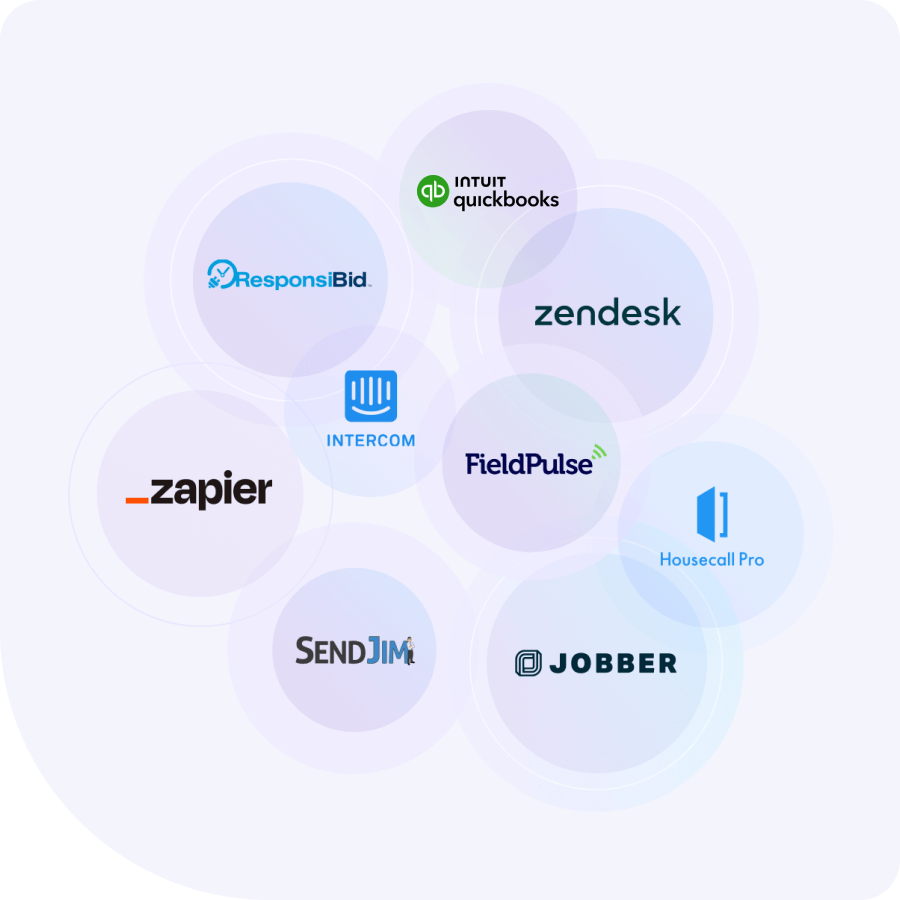In the construction industry, it’s often said that building relationships is just as important as building structures. How well you communicate with your clients can make or break a project, directly influencing satisfaction, retention, and referrals.
Effective client communication isn't just about staying in touch—it's about having structured, consistent, and well-defined processes that keep everyone on the same page.
Let’s explore how mastering client communication in construction can improve satisfaction and boost repeat business.
Establishing clear expectations before starting a project is the foundation for a smooth project journey. When clients understand the process, timeline, and potential challenges, they’re more likely to feel confident about your work.
Before breaking ground, clearly outline the project scope, timelines, and budget with your clients. Providing a thorough breakdown of phases, key deliverables, and deadlines prevents unpleasant surprises and miscommunication.
Being transparent about possible risks and uncertainties helps build trust. If a project is weather-dependent or requires special permits, for instance, inform your clients so they are not blindsided if issues arise. Upfront honesty conveys professionalism and helps manage expectations when things don’t go according to plan.
A written agreement or project charter that both parties sign off on serves as a reference point to resolve future questions or concerns.

Keeping communication consistent throughout the project helps clients feel involved and informed. Structured, regular updates create a positive client experience from start to finish.
Establish a routine for providing progress updates, either daily, weekly, or based on major milestones. Sharing status reports and summarizing completed tasks helps clients evaluate progress, reduces anxiety, and boosts confidence in your work.
If you anticipate delays or changes, communicate them promptly. Elaborate on the reasons behind delays, the steps being taken to address them, and updated timelines.
This isn’t only to inform clients—it’s to eliminate stress and dissatisfaction. Being proactive with unforeseen challenges tells clients their project is well under control despite temporary disruptions.
Documenting communications can be a lifesaver for maintaining clarity. If a client request or approval is given verbally, follow up with a written summary to confirm your understanding. This can prevent misunderstandings and help keep records for future reference.
Technology has been a game-changer for modern construction projects, especially in streamlining communication. Using the right tools makes all the difference in ensuring your clients are always kept in the loop.
Construction management software like JobTread can provide clients with a centralized location for all project information, including timelines, budgets, and progress photos.
When clients are empowered to log in and view updates directly, it saves time and increases transparency.
Set up automated notifications for key events—such as phase completion or important deadlines. They help keep clients automatically informed without manual intervention.
For instance, receiving regular notifications about major milestones being achieved reassures clients about project progress.
Use photos, videos, or live-streamed updates to help clients visualize construction progress.
Visual updates can be far more impactful than words alone and give clients confidence about things being on track. Provide access to photos through a centralized dashboard or app.
Sharing a detailed schedule can give clients peace of mind. You could provide them with the entire project timeline or break it down into phases.
This allows them to track progress, understand key milestones, and stay up-to-date on what’s expected from them at each stage of the project.
A well-defined communication process enhances the client experience by reducing anxiety and building trust.
Clear and proactive communication minimizes the risk of misunderstandings, creates a smoother project experience, and ultimately leads to greater satisfaction and higher retention rates.
Satisfied clients are more likely to return for future projects and refer others to your business. That’s why mastering client communication is a key driver of long-term success.
Structured client communication is the foundation of client satisfaction and long-term relationships.
Setting expectations early on, consistent communication, and leveraging technology to engage clients better can transform their experience.
That means repeat business and glowing referrals!
Tools like JobTread make managing client communication simple and effective, helping contractors stay organized and ensuring clients have their fingers on the pulse of project progress at every step.
NiceJob integrates directly with popular field service management software, estimating tools, and CRMs to automate review generation, referral collection and more!
Go to The App Marketplace
